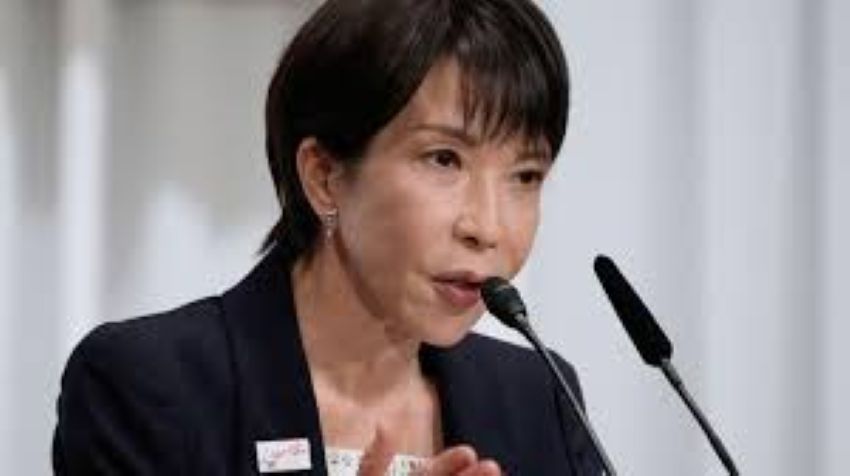TOKYO, Sketsa.id – Japan’s political landscape is on the verge of a historic shift. Sanae Takaichi, a seasoned and staunchly conservative lawmaker, is now a top contender to become the country’s first female Prime Minister. Her potential rise, however, is marked by a complex political identity that challenges conventional expectations of a female leader.
As a disciple of the late Shinzo Abe, Takaichi’s career offers a fascinating study of tradition, nationalism, and ambition. Who is the woman who could break Japan’s highest glass ceiling?
1. A Populist Stance on Immigration and Culture
In her campaign within the ruling Liberal Democratic Party (LDP), Takaichi has tapped into populist sentiments, echoing concerns often voiced by smaller nationalist parties.
She has openly called for Japan to “reconsider policies allowing entry to people with vastly different cultures and backgrounds,” a rare and pointed statement in a country where foreign-born residents constitute only about 3% of the population. This position aims to attract voters wary of increasing immigration and tourism.
2. A Shift Towards Political Moderation?
Politically, Takaichi’s roots are in the LDP’s traditionalist wing. On economic policy, she was a firm supporter of her mentor Abe’s “Abenomics,” advocating for aggressive monetary easing and heavy fiscal spending.
However, observers note a recent moderation in her tone. During her leadership campaign, she softened her economic stance and sounded more conciliatory towards China. Despite this, experts caution that her rise may not signal a progressive shift.
“She is not interested in women’s rights or gender equality policies,” Professor Yuki Tsuji of Tokai University told AFP, suggesting that her gender alone does not define her political agenda.
3. The “Margaret Thatcher of Japan”?
Takaichi has long publicly admired Britain’s first female Prime Minister, Margaret Thatcher, and seems to be inching closer to her Iron Lady ambition.
Yet, this comparison is met with skepticism. Many female voters and analysts do not see her as a champion for women’s advancement.
“She calls herself Japan’s Margaret Thatcher. In terms of fiscal discipline, she is no Thatcher,” Professor Jeffrey Kingston of Temple University Japan told the BBC. “And like Thatcher, she is not a great healer. I don’t think she has done much to empower women.”
4. A Deeply Conservative Worldview
Takaichi’s core ideology is deeply conservative. She has long opposed laws allowing married couples to have separate surnames—a significant issue for working women in Japan—arguing it undermines tradition. She also opposes same-sex marriage.
A regular visitor to the controversial Yasukuni Shrine, which honors Japan’s war dead including convicted war criminals, Takaichi takes a hardline stance on security. She has pledged to pursue a revision of Japan’s pacifist constitution, a long-held goal for the LDP’s right wing.
While her election as party leader would almost certainly lead to her confirmation as Prime Minister, her victory would not be automatic, given the ongoing political calculations within the ruling party. Her potential premiership promises to be a defining moment for Japan, blending a historic milestone with a firmly traditionalist political vision. (*)




